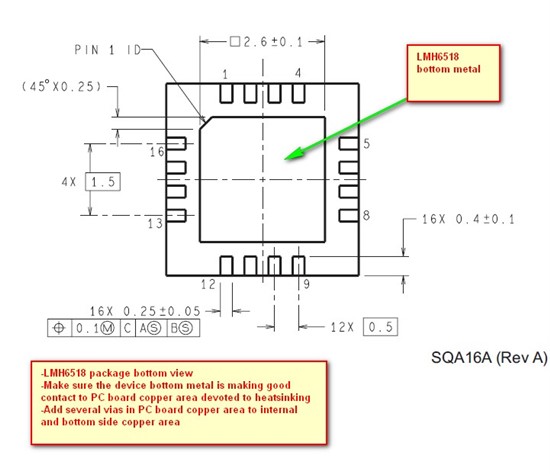I used Hooman's Tina-TI simulation for a LMH6518 scope front end (he provided the simulation some time back in this forum). I find some differences between simulation and measurement on the hardware. What could be the explanation for the differences at points P4, P2, P5 in the attached pdf?
Thanks for your help,
Alan


